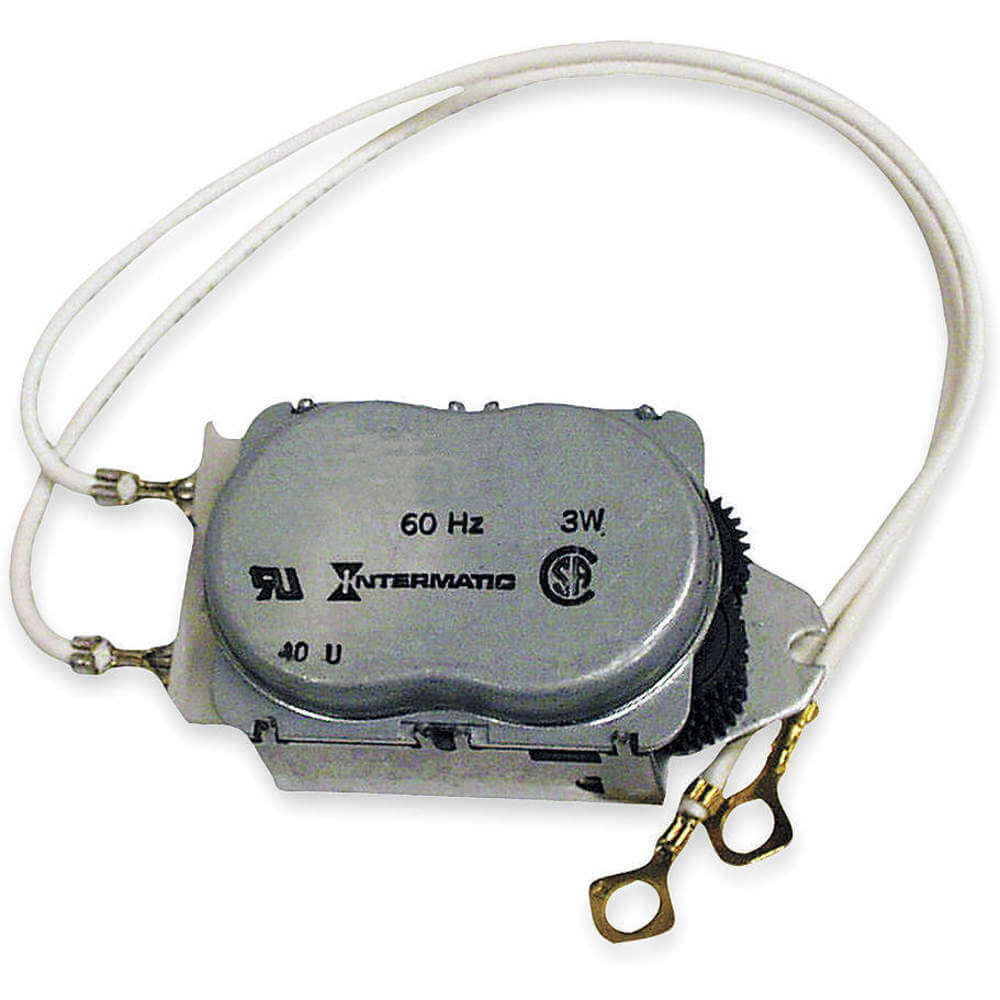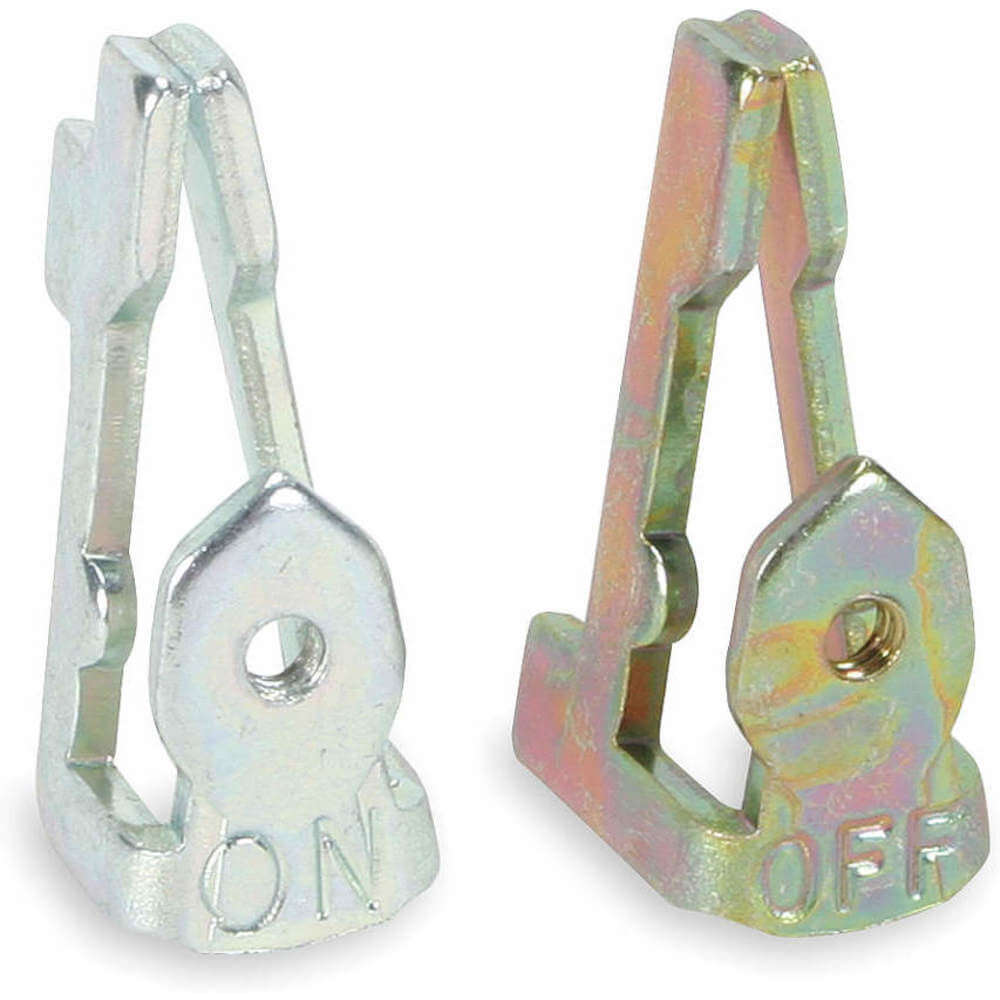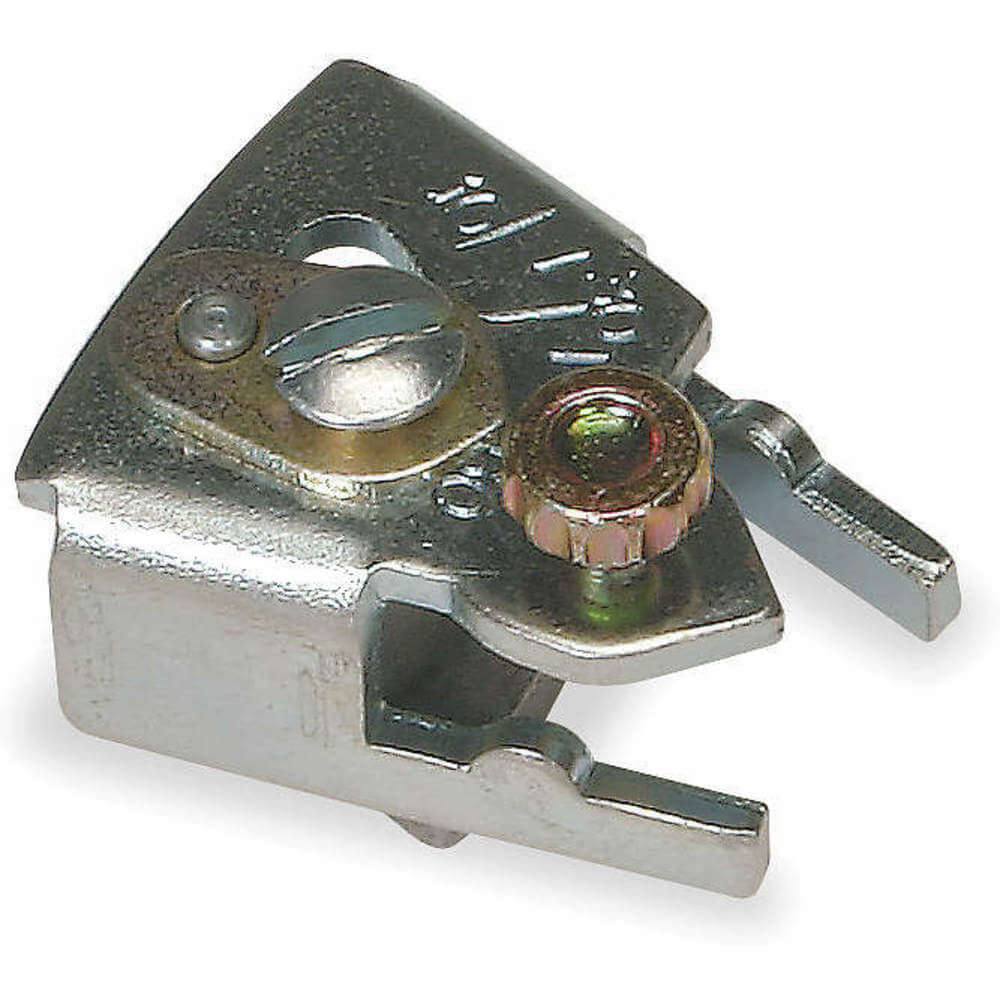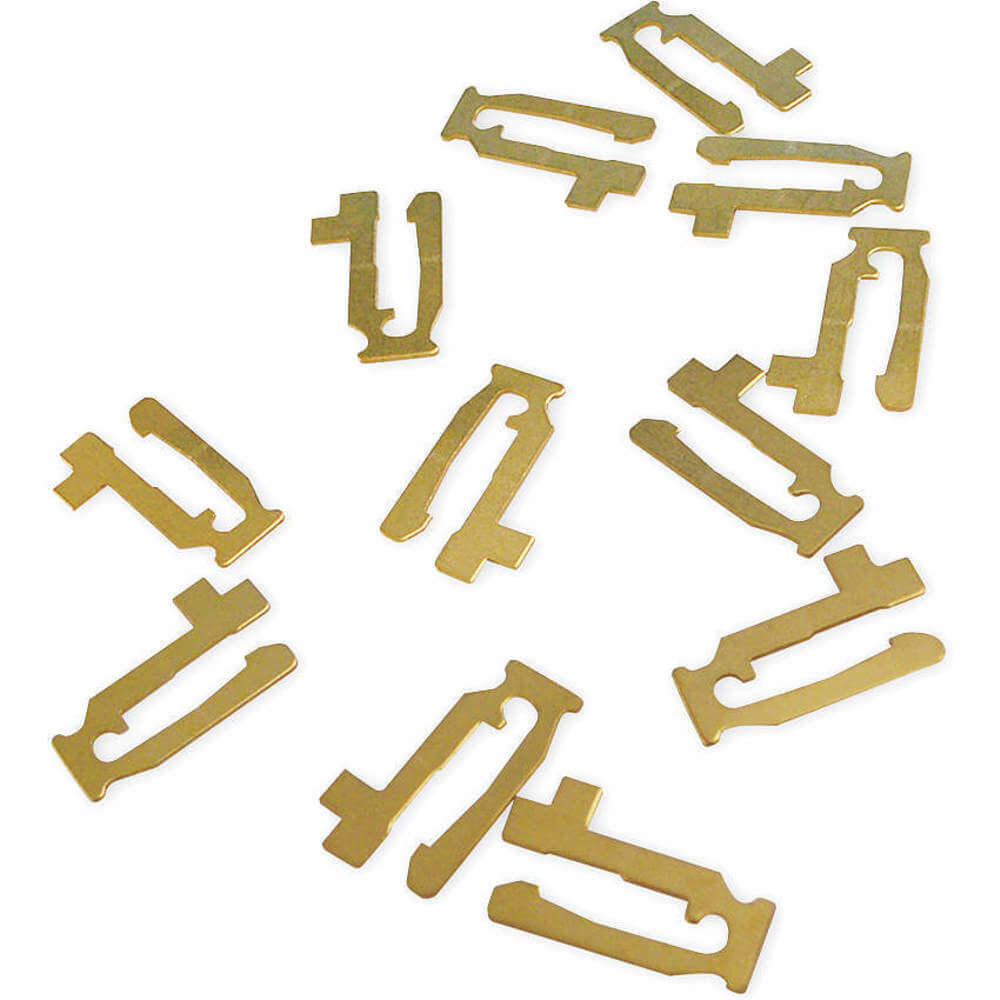Intermatic WG733 time clock motor is compatible with brand's T1900, T8800 and R8800 Series timers for driving the movement of clock hands and controlling the switching operations of the time clock. It is used in outdoor lighting systems, irrigation systems and other automated equipment. This Intermatic WG733 time clock motor ensures precise timing and synchronisation, allowing users to automate the activation and deactivation of devices according to preset schedules, enhancing energy efficiency and convenience.
Working Mechanism:
- The time clock motor is connected to a power source, typically AC voltage, which provides the necessary energy for its operation.
- The motor is equipped with a series of gears that are connected in a precise arrangement. These gears are responsible for converting the rotational motion of the motor into the movement of clock hands.
- The motor operates synchronously with the power supply frequency. The alternating current causes the motor's rotor to rotate in a consistent manner, ensuring accurate timekeeping.
- The motor's output shaft is connected to the clock hands. As the motor rotates, it turns the clock's hands in a synchronised manner, indicating the passage of time on the clock's face.
- In addition to moving the clock hands, the motor is equipped with a switching mechanism. This mechanism controls the electrical contacts that are used to turn electrical loads on or off at specific times.
- The switching mechanism often employs a cam wheel with lobes or protrusions that interact with electrical contacts. As the cam wheel rotates with the motor, these lobes open or close the contacts at predetermined intervals.
- The opening and closing of contacts by the cam wheel control the electrical loads connected to the time clock. This allows users to automate the operation of various devices, such as lighting systems or pumps, based on the scheduled times set on the clock.
Frequently Asked Questions:
Q. How to install Intermatic WG733 time clock motor?
A.
- Turn off the power to the circuit.
- Open the time clock cover to access the old motor.
- Disconnect the old motor from the clock mechanism and wiring.
- Unpack and prepare the new Intermatic WG733 motor.
- Wire the new motor to the appropriate terminals on the clock following color codes.
- Securely mount the new motor using provided brackets or mounting points.
- Set the correct time on the clock if applicable.
- Close the time clock cover.
- Turn the circuit power back on.
- Test the new motor to ensure it advances the time correctly.
- Make any necessary adjustments for accuracy.
- Keep the documentation provided by Intermatic for future reference.
Q. How to maintain this WG733 time clock motor?
A. It is recommended to periodically cleanse the motor's exterior to eliminate dust and debris. Avoid abrasive substances. Furthermore, intermittently inspect for any indications of loose connections or signs of wear.
Q. Can I modify the motor's cam wheel to alter switching intervals?
A. The cam wheel's configuration and lobes dictate the switching intervals. It is non-adjustable. If you wish to modify intervals, replacing the cam wheel with a variant that suits your needs might be necessary.
Q. How can I synchronise this Intermatic clock motors operation with accurate time?
A. The motor's synchronous operation aligns with the power supply frequency, maintaining accurate timekeeping. Set the appropriate time on the clock mechanism, and the motor will automatically synchronise with it.
Q. What are the factors that can impact the motor's lifespan?
A. Major factors include voltage fluctuations, exposure to extreme temperatures, and humidity levels can influence the motor's longevity.
 Change Country
Change Country




 Trade pricing is available for
Trade pricing is available for  Order Value should be £500+
Order Value should be £500+